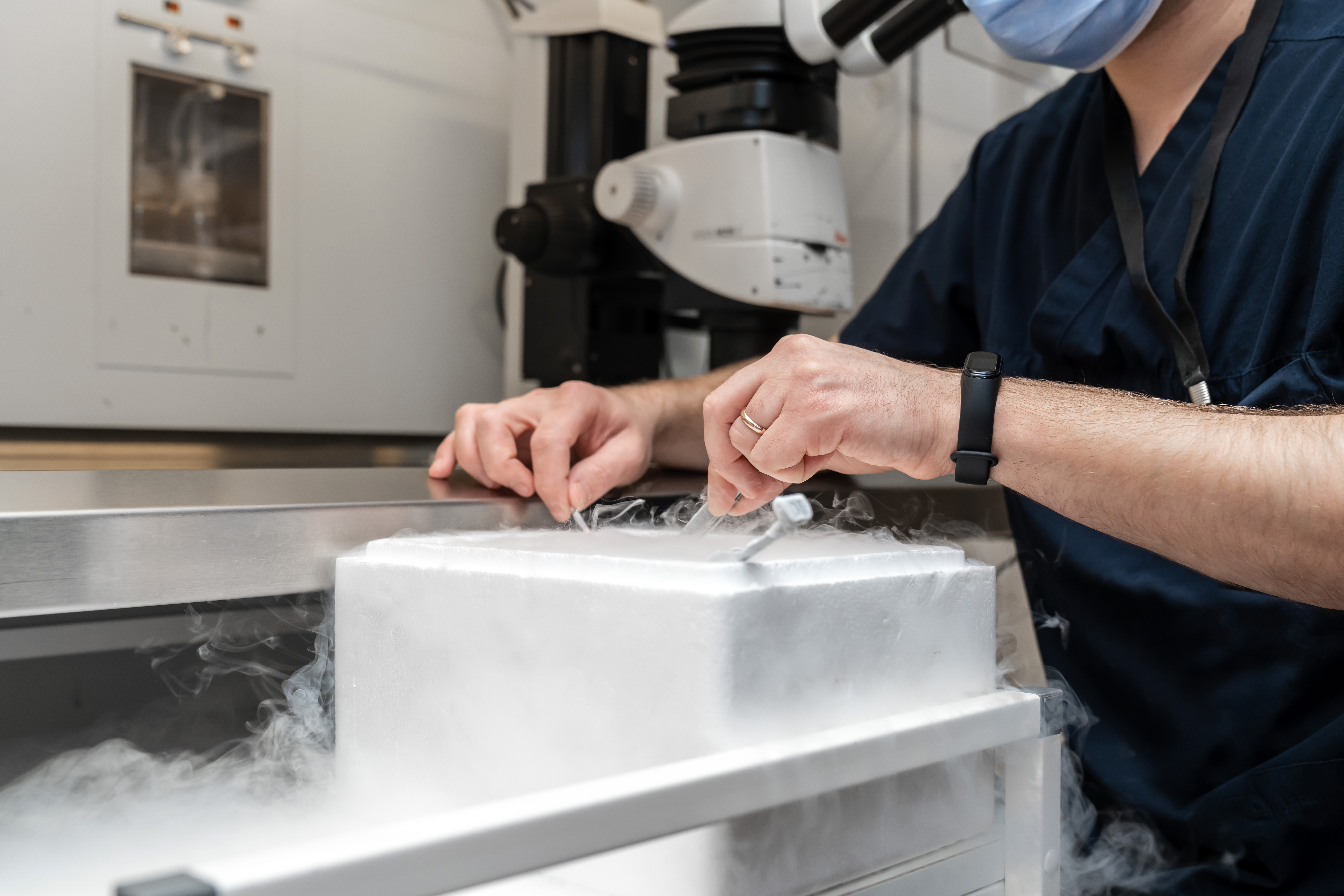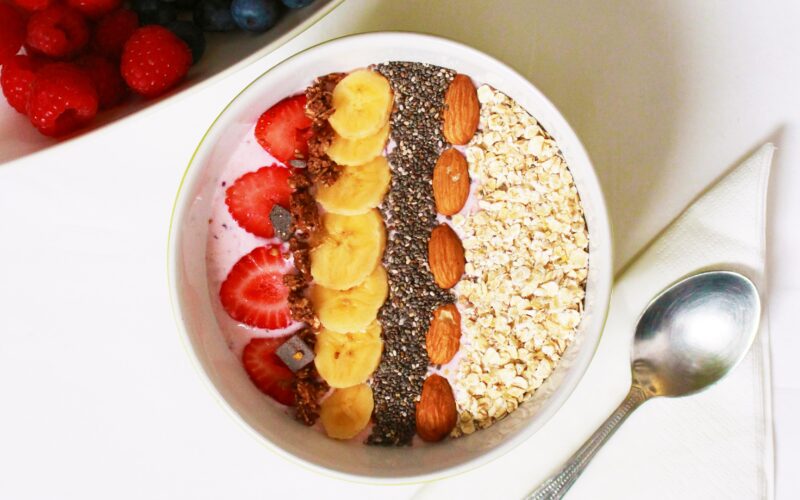Sometimes, it seems like balancing your hormones is like fighting an uphill battle. With possible endocrine disruptors in nearly everything from our personal care products to our food and water, it can feel like you need to live like a hermit in a remote forest to escape their hormone-disturbing influence. And while few of us would choose that route, a lot of us do want solutions for better hormone health. Perhaps that’s why seed cycling has gained popularity in recent years.
What is seed cycling?
“Seed cycling” is the idea that eating seeds particularly rich in certain nutrients during specific parts of a woman’s cycle can help balance her hormones. Dr. Jolene Brighten, a doctor of naturopathic medicine and author of the book Beyond the Pill, is a particular advocate of seed cycling. She believes that for women suffering from post-birth control syndrome, seed cycling can be an especially helpful way of regaining proper hormone balance.
How do you practice seed cycling?
Dr. Brighten and other seed-cycling advocates recommend that during the first half of a woman’s cycle known as the follicular phase, she will benefit from eating pumpkin and flax seeds. During the second half of her cycle, known as the luteal phase, she will benefit from sesame seeds or sunflower seeds.
How does one identify when these phases are taking place? By learning a Fertility Awareness Method (FAM) to chart your cycle, you can know with precision what phase your cycle is in based on measurable signs your body is giving you on a daily basis. A certified FAM instructor can help you learn how to read your signs, which not only inform you when you’re fertile and infertile (natural family planning), but will equip you to make informed nutrition and fitness decisions based on your menstrual cycle.
When it comes to seed cycling, a little can go a long way—only a few tablespoons of fresh seeds per day is recommended. The reason for eating those particular seeds in that order, is that they each contain nutrients believed to be particularly helpful for balancing a woman’s estrogen to progesterone ratios, which naturally change throughout the cycle. The improper balance of these hormones are associated with polycystic ovarian syndrome (PCOS), issues with ovulation, luteal phase defect, post menstrual syndrome (PMS), and other cycle problems.
How does seed cycling work?
We already know that eating a healthy, varied diet can go a long way to improving fertility, and there is data to suggest that eating more seeds might be an easy way to add a nutritious boost to our meals. For example, the omega-3 fatty acids and lignans found in flax seeds help with proper hormone balance and production, and may even promote healthy ovulation and longer luteal phases. Pumpkin seeds are also high in good fats, and are particularly high in zinc, an important mineral for female fertility—especially for egg health. The zinc and lignans in sesame seeds may also aid in proper hormone balance, and sunflower seeds are high in vitamin E, a nutrient which appears to be lower in serum and in cervical mucus in women with otherwise unexplained infertility
While there’s little doubt that eating nutrient-rich seeds are a good idea for women—and not just those suffering from post-birth control syndrome—is it really necessary to eat certain seeds at certain times to get their full benefit? Because no clinical studies have been done to assess the advocacy of seed cycling, some are skeptical of seed cycling’s benefits. Midwife and doctor Aviva Romm, MD, for instance, believes seed cycling is a “wellness fad;” while she agrees the seeds are good for hormonal health, she argues that the effectiveness of eating smaller quantities of seeds at different times in the cycle is not established.
But even those skeptical of seed cycling agree: Regardless of when you eat the seeds, given their nutrient-dense profile, adding a few tablespoons to your yogurt, smoothies, or salads is a great way to add a nutritious, possibly fertility-boosting crunch to your daily diet.
This article was last updated on June 6th, 2023.







